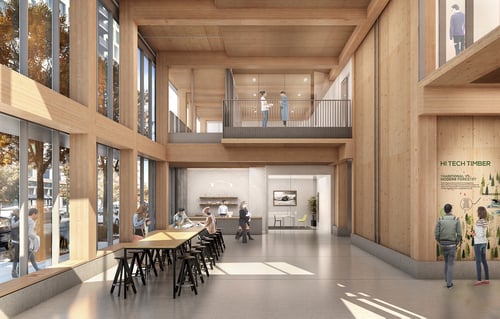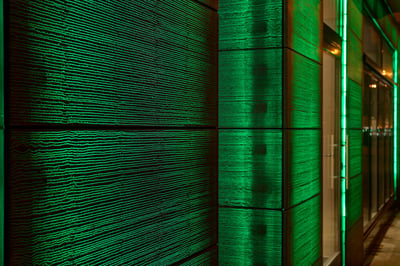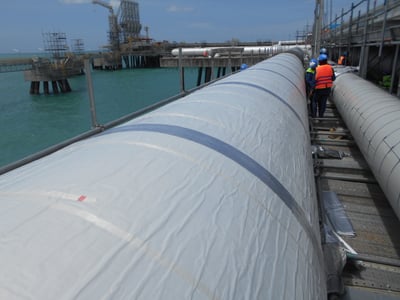In the ever-evolving world of construction, new and innovative building materials are constantly being introduced to revolutionize the industry. These materials not only offer improved durability and strength but also provide numerous advantages and benefits.

One such material is Cross-Laminated Timber (CLT), a sustainable alternative to traditional building materials. CLT is made by layering and gluing together multiple layers of lumber, resulting in a strong and versatile material that can be used for walls, floors, and roofs. Its advantages include increased fire resistance, reduced construction time, and enhanced energy efficiency.

Another groundbreaking material is translucent concrete, which combines the strength of traditional concrete with the ability to transmit light. This material is perfect for creating visually stunning architectural designs that allow natural light to permeate through the structure.
Additionally, self-healing concrete is gaining popularity for its ability to repair cracks and extend the lifespan of structures, reducing maintenance costs in the long run.
Similarly, 3D-printed concrete is a game-changer in the construction industry, offering the ability to create complex architectural designs with precision and speed. It also reduces material waste and labor costs.

Furthermore, aerogel insulation is a lightweight and highly efficient material that offers superior thermal insulation properties, contributing to energy savings and increased comfort in buildings.

Lastly, graphene, the thinnest and strongest material known to mankind, is being explored for its potential applications in construction. It has incredible strength, flexibility, and conductivity, making it a potential game-changer for the industry.
These innovative building materials are reshaping the construction landscape, offering improved performance, sustainability, and aesthetic possibilities for a more advanced and eco-friendly future.




